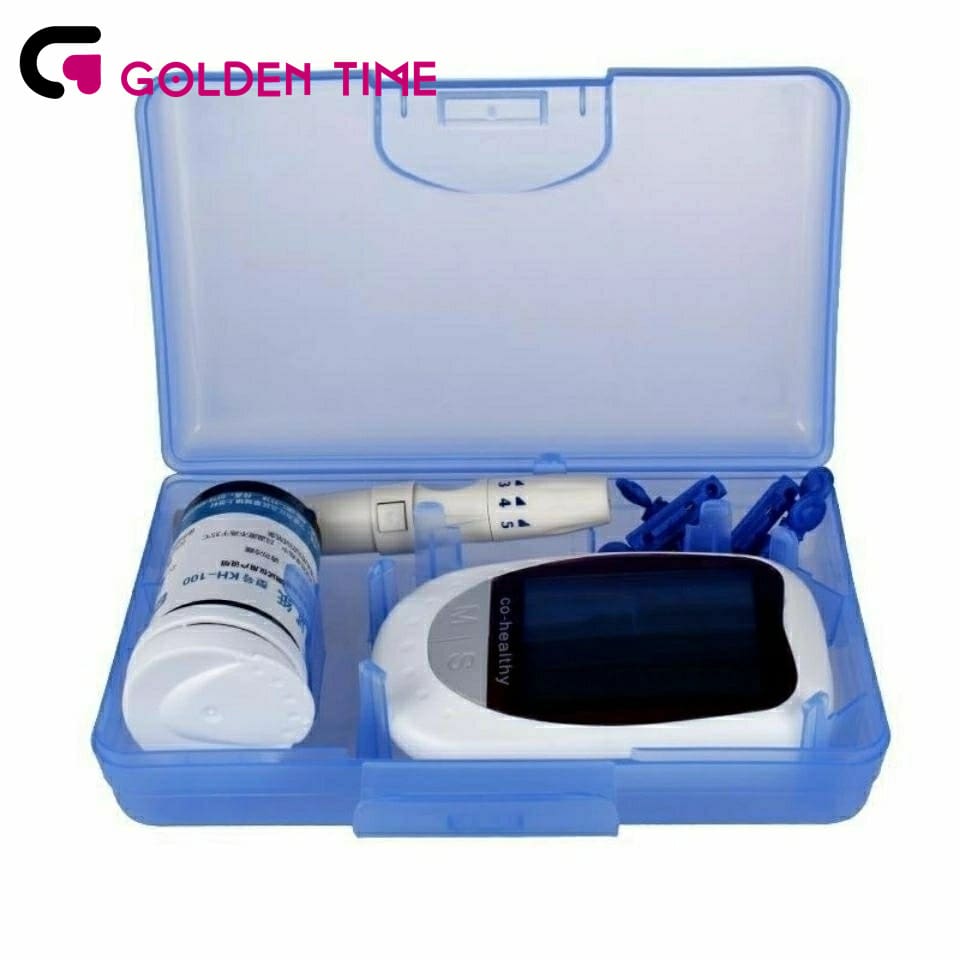
Nov . 22, 2024 16:18 Back to list
pathological analysis equipments cassette
Understanding Pathological Analysis Equipment The Role of Cassettes
In the realm of medical diagnosis, pathological analysis plays a pivotal role in determining the characteristics of tissues and cells, which is essential for accurate disease diagnosis and treatment planning. One of the critical components in this analysis is the use of specialized equipment, particularly cassettes, which facilitate the handling and processing of biological samples. This article delves into the importance of cassettes in pathological analysis, their design, and innovations that enhance their functionality.
The Function of Cassettes in Pathology
Cassettes are small, often rectangular containers designed to hold tissue samples during the embedding, sectioning, and staining processes. Their primary function is to securely house specimens, preventing contamination while ensuring ease of handling. Cassettes are typically made of a durable material designed to withstand the various chemicals used during processing, including formalin, alcohol, and xylene.
Once a tissue sample is collected, it needs to be preserved for accurate analysis. The sample is first fixed in formalin, then processed, embedded in paraffin, and finally sectioned for microscopic examination. Throughout this process, cassettes serve as the storage medium that allows for both secure transportation and proper orientation of the sample.
Innovations in Cassette Design
Recent advancements in cassette technology have led to the development of specialized features that improve the efficiency and reliability of pathological analysis. For instance, many modern cassettes include color coding or labeling systems to facilitate organization and tracking of samples in high-throughput laboratories. Some cassettes are also now available with mesh bottoms, which enhance fluid drainage during the embedding process, resulting in more consistent and reliable specimen quality.
pathological analysis equipments cassette

Moreover, disposable cassettes have gained popularity due to their convenience and the reduced risk of cross-contamination. These single-use cassettes can help improve turnaround times in laboratories, allowing for more rapid diagnostic results, which is critical in fast-paced healthcare environments.
Importance of Quality Control
In the field of pathology, quality control is paramount. The choice of cassettes directly affects the quality of the final tissue sections and, consequently, the accuracy of the diagnostic results. Poor-quality cassettes can lead to issues such as inadequate fixation, poor tissue morphology, and staining artifacts. As such, many laboratories invest in high-quality cassettes from reputable manufacturers, ensuring that they meet specific regulatory standards and guidelines.
Additionally, regular training for laboratory staff on the proper use of cassettes and other pathological analysis equipment enhances the overall quality assurance processes in diagnostic laboratories. This training includes recognizing the importance of correctly labeling and handling specimens during every step of the analysis, thus reducing the risk of errors.
Conclusion
Cassettes may seem like a small detail within the broader scope of pathological analysis, but their role is crucial in the effective processing of tissue samples. With ongoing innovations and increasing awareness of their importance in maintaining quality control, cassettes are invaluable tools that support pathologists in ensuring accurate diagnoses. As technology continues to evolve, we can expect further developments in cassette design and functionality, further enhancing the capabilities of pathological analysis equipment and contributing to improved patient care outcomes.
-
HbsAg Blood Rapid Test Kit for Fast & Accurate Hepatitis B Detection
NewsJul.28,2025
-
Sterile Urine Cup for Safe & Easy Collection | High-Quality Specimen Cups
NewsJul.28,2025
-
HIV-1/2 Ab Combo Rapid Test Kit for Fast, Reliable Blood Screening
NewsJul.27,2025
-
High-Quality Nasal Swab for Accurate Testing – Fast Results
NewsJul.26,2025
-
One Step LH Ovulation Test Kit - Accurate & Easy At-Home Fertility Tracking
NewsJul.25,2025
-
Sterile Urine Cup for Accurate Specimen Collection | Leak-Proof Design
NewsJul.24,2025
